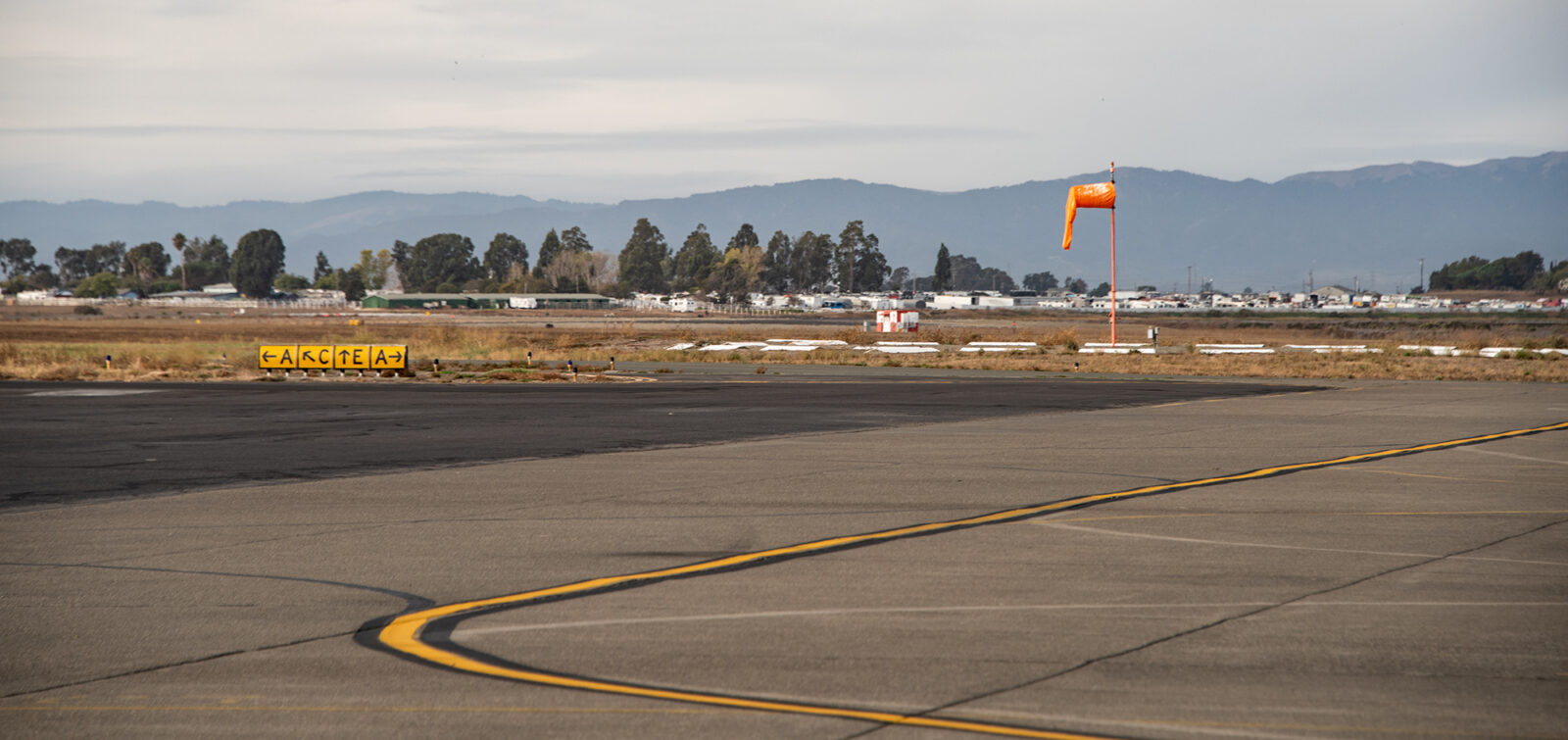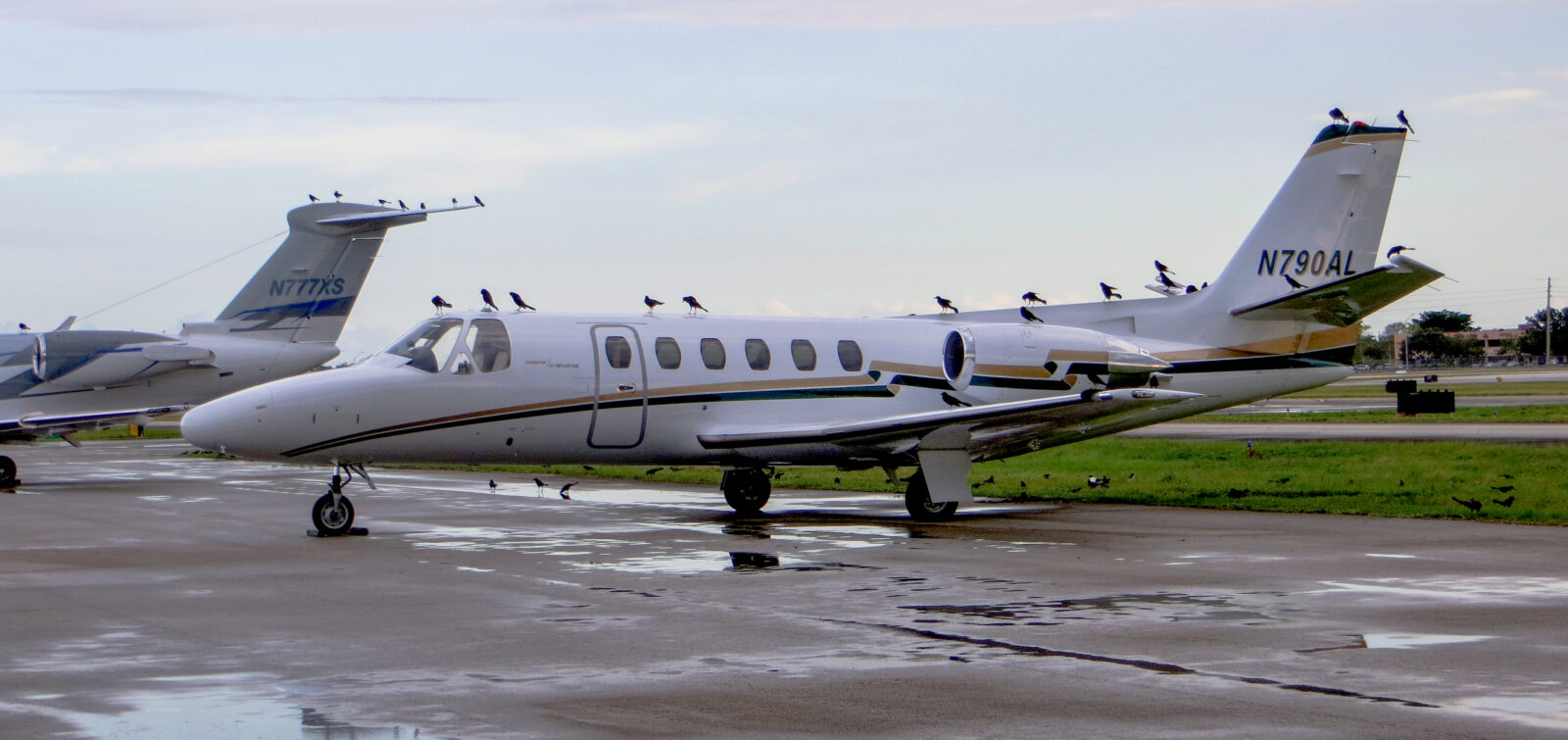Commercial airports all over the country share the same mission: to provide high-quality, safe air travel services. Their success often drives regional economic development as business travelers, tourists, and the transport of goods rely heavily on these “mini cities.”
Airports are not immune, however, to a turbulent economy and must contend with restricted budgets in conjunction with robust regulatory compliance, all while maintaining safe operations. It is a delicate balance.
To navigate these considerations—and maintain a positive public image and encourage economic growth along the way—airports are increasingly focusing on a holistic master planning process.
A Break in the Rhythm
The master plan process provides a systematic approach for airports to address issues, recognize potential, and secure stakeholder and community support. A successful master plan outlines an attainable, phased development program that meets the airport’s growth and operational needs in a safe, efficient, economical, and environmentally sound manner. Traditionally, an airport would update their master plan every five to seven years; however, many of the airport master plans in place today were originally published in the early to mid-2000s.
The Great Recession (2007–2009) was a key factor in the stagnation of master planning efforts across the country and had one of the most significant impacts on the aviation industry since the Airline Deregulation Act of 1978. As the economy has picked up, there has been a flurry of activity as airports move from an “extend life and maintenance” cycle mentality that kept them going during the recession to a period of high demand for useful and adaptable short- and long-term planning.
An Evolving Industry and New Regulations Creates Urgency for Updates
Just as the economy has shifted over the past decade, so have the business models of most major airlines, leading to a change in facility needs and necessitating an evolution in the approach to master planning. The consolidation of the industry’s largest airlines, migration to more efficient fleets and larger planes (read Steve Alverson’s story about upgauging), and the rise of the ultra-low-cost carriers has airports of all sizes struggling to transition away from older, traditionally focused master plans. Where plans had once focused on airfield expansions to accommodate projected demand, these industry changes mean those planned projects are now unrealized and often unnecessary. Consolidation has created issues such as aircraft parking delays, insufficient landside capacity, and passenger movement and experience problems while at the same time driving reconfiguration of terminals and the shuttering of unused facilities.
There are also a number of other triggers related to FAA regulations that have added to the urgency of updating older master plans, including:
- More Rigorous Environmental Review: The FAA has placed particular focus on improving environmental review in airport master plans to ensure that the preferred alternatives can make it through the National Environmental Policy Act (NEPA) process.
- Enhanced Airfield Safety: The FAA has revised many of its guidance documents to focus on reducing the potential for runway accidents.
- Need for Updated Data: Airports Geographic Information System (AGIS) data collection and mapping efforts are required to support the FAA’s transition to the Next Generation Air Transportation System (or NextGen).
- New Priorities: Multi-year capital improvement programs that made sense a few years ago now need to be updated to keep up with rising construction costs, and the FAA is reprioritizing many projects, shelving others, and setting a high bar for project justification.
Looking Ahead to Sustainable, Strategic Growth
The value in a master plan is realized when an airport can look back on the plan and see that it guided, or at least is reasonably consistent with, the evolution of the facility. The plans that are the most valuable to airports increasingly employ a holistic approach, integrating resiliency and sustainability, engaging stakeholders, and maximizing revenue enhancement opportunities. In short, they foster fully integrated, sustainable planning practices.
In keeping with this, airport operators of all sizes are taking a page out of the worldwide airport privatization playbook. In an effort to diversify revenue streams and become less reliant on aircraft landing and passenger throughput based fees, airports are increasingly leveraging their overall land holdings and implementing strategies for enhancing both aeronautical and non-aeronautical revenue. The master planning process provides a unique opportunity to incorporate comprehensive asset evaluation, commercial development, and redevelopment strategies to allow airports to maximize their property return and secure long-term financial stability.
Holistic Master Planning at Work
ESA has recently applied this approach to the master plan update for the Orlando Melbourne International Airport, which integrates passenger service improvements, aircraft manufacturing facilities, maintenance, repair, overhaul (MRO) facilities, and research facilities, representing nearly a billion dollars of public and private investment. Our airport planners worked closely with all stakeholders to develop an adaptable, multi-faceted master plan that will enhance users’ overall experience and improve on-site safety, revenue and economic development efforts, land use strategies, and environmental sustainability. The facility, which was one of the fastest growing airports in the United States even during the economic downturn, has been expanding operations and aircraft activity with incredible economic growth and demand from major tenants.
ESA is also currently leading groundbreaking master plans at St. Pete-Clearwater International and Naples Airports. St. Pete is the fastest growing Allegiant Air hub in the United States with more than 50 non-stop destinations, and Naples is one of the busiest corporate aviation facilities in the United States. Customer service, revenue diversification, and infrastructure resiliency are primary focal points of the master plans for these rapidly expanding coastal airports.
If you would like more information regarding our holistic planning approach, integrating resilience and sustainability, engaging stakeholders, and maximizing revenue enhancement opportunities, please contact Mike Arnold, Airports Practice Director or Doug DiCarlo, Airport Planning Director.








